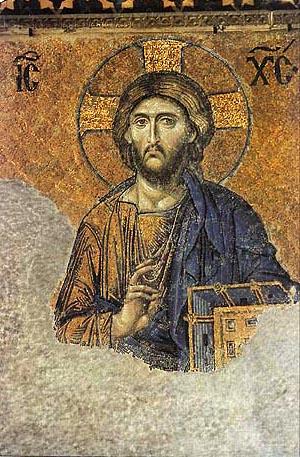Icon Veneration and Opposition
During their lives, the Saints were full of the Holy Spirit. After their death, the grace of the Holy Spirit continues to dwell inseparable in their souls, in their bodies, in their sepulchres,
in their images and their holy icons, and this not by essence, but by grace and energy.
Saint John of Damscus (Damascene)
After hundreds of years of venerating icons, the heresy of iconoclasm (image breaker)
emerged. Byzantine Emperor Leo III the Isaurian (717–741) instituted the first persecution against the
legitimate veneration of icons. Influenced by a misinterpretation of Old Testament warnings against image worship as well as Islamic teachings on the subject,
Leo not only forbade the use of images in worship but actively removed and destroyed those in churches and monasteries.
Despite vocal and sometimes violent resistance to the iconoclasts, the
persecution continued until Empress Irene convened the Seventh Ecumenical Council in Nicaea (787) which clearly defined
Church doctrines on the veneration of images.
Iconoclasm arose again from 813-843. Empress Theodora II brought the heresy to an end with the Synod of Constantinople in 842. On the first Sunday of Great Lent, a procession of was held which restored the icons to the
Hagia Sophia. Since that time, the first Sunday of Lent is celebrated at the Triumph of Orthdoxy.

...but because the honour which is shown unto them is referred to the prototypes
which they represent; in such wise that by the images which we kiss, and before
which we uncover the head, and prostrate ourselves, we adore Christ, and
venerate the
Saints, whose similitude they bear.
7th Ecumenical Council, 787


|